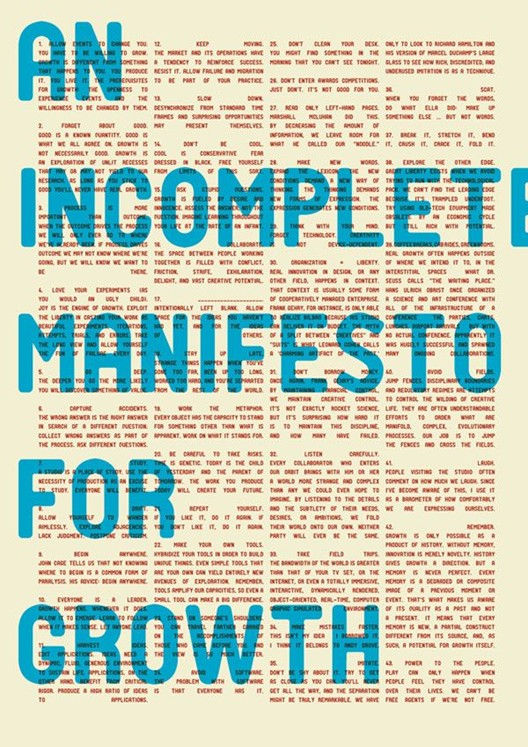Art and Mental Health Vol 4: Toni Morrison on The Bluest Eye
- Gina Greenlee, Author

- Apr 21, 2024
- 2 min read

I felt compelled at that time – this is mid-1960s – most of what was being published by Black men were very powerful, aggressive revolutionary fiction or non-fiction. They had a very positive racially uplifting rhetoric to go with it, some of which was stimulating but some of which I, as an older person thought, ‘wait a minute. They’re going to skip over something and no one’s going to remember that it wasn’t always beautiful.’ No one’s going to remember how hurtful a certain kind of internecine racism is. [Like] what I talked to you about earlier, about being at Howard [University] and how people were privileged because of these physical characteristics and some people felt very apologetic because their skin was very very dark.

So, when I wrote The Bluest Eye it was about that. Before we all decide that we are all beautiful and have always been beautiful let me speak for just a moment here for some of us who didn’t get that right away.
I was deeply concerned about the feelings of being ugly – just how it feels. You got the most vulnerable people in the world which are children, female Black children who have never held center stage in anything if they appear in a book. They’re a joke or you know just some local color or a little walk-on part, the least important.
I wanted to have a little hurt Black girl at the center of this story, so people will understand what it means to be treated in that way. That was a big motive in writing that book.




